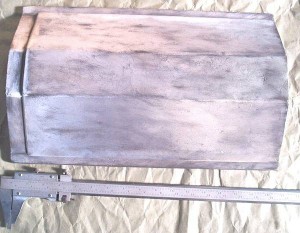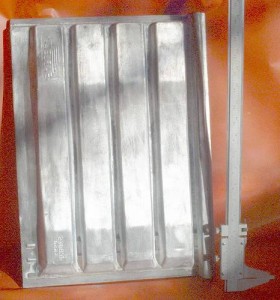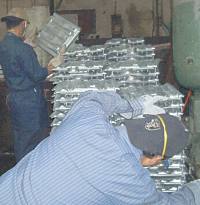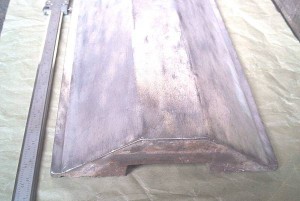Roof Material types. There are several types of roof materials namely: wood shakes, metal, clay, concrete tile, slate, composition shingles, and hot mop. Their features vary, and one type may have advantages or disadvantages over the other. To sum everything up in a breeze, you would know in this write-up the major disadvantage found in a certain type. All the other features are common to all types therefore they will just be mentioned in passing.

Of these types of roof materials, wood shakes are the ones prone to rotting and insect problems. They need to constantly be inspected and maintained unlike the other roofing materials, therefore it is the most expensive in the long run. They can’t protect you from fire too, so modern companies now apply chemicals to wooden roofs to make them fire resistant. Since roofs easily rot, they also can’t be recycled, which doesn’t make them an environment-friendly choice of roof.
Another type of roof that harms the environment is the hot mop. These are roofs purely made from asphalt, which when heated and mixed, release air pollutants. They not only harm the environment, but the people who construct and live in those houses too.
Slate and clay roofs are better choices of roofs, but their greatest drawback is their weight. They are hard to install because they are heavy, and they are also a bit pricey.
Metal and concrete roofing tiles are the best types of roofing materials. Different design tile molds can easily mimic the other roofing materials, a property that makes them stylish. Although metals cannot totally protect you from fires, they are very durable. Proper installation of concrete roofs can make them last for about 50 years. The difference between the two is the price, since concrete roofs cost more than metal roofs.

Design Concrete Roofing Molds
Concrete Roof Tile Blog gives information on how to get a Die Casting Aluminum Molds for Concrete Roof Tiles to make concrete roofing. If you are looking for a Design for Concrete Roofing, please call 800-524-8083 or email us at sales@tile-molds.com.



